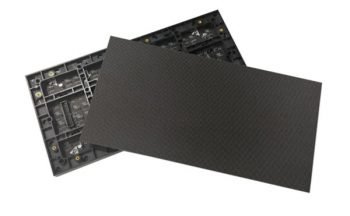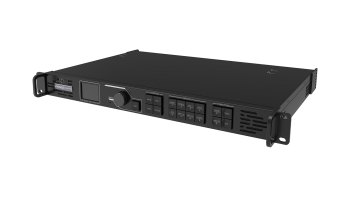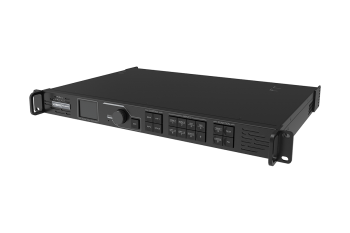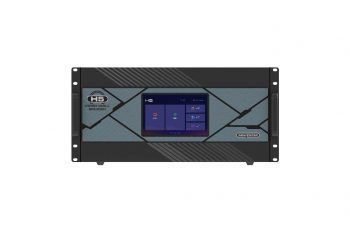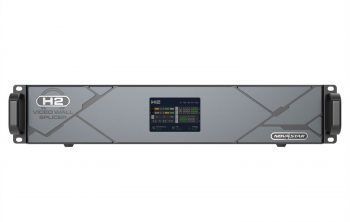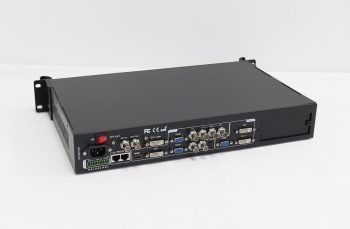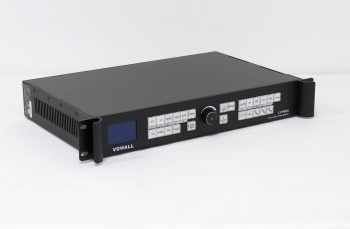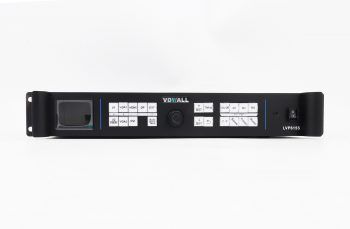In recent years, the application of various indoor LED displays in stadiums, road traffic, advertising, leasing and so on has shown a rapid growth trend. From today’s market demand analysis, the necessity of on-site correction is becoming more and more prominent
The average correction includes factory correction, repair correction, service area correction and on-site correction.
Generally speaking, when the LED display operates for a certain time, all LED light-emitting tubes will show brightness attenuation, and the attenuation curves of the three primary color tubes are different. Therefore, their brightness will also be lower than that before leaving the factory. However, due to the difference of photoelectric characteristics of each LED, there is a relative error in the falling level of their brightness. Therefore, when the display screen is used for a period of time, the LED will show different levels of brightness attenuation, resulting in uneven display between pixels. Then, compared with the screen at the beginning of delivery, the whole picture will show a granular display, or the brightness of the whole picture will decrease. The attenuation curves of the three primary color tubes do not work together to change the white balance and color temperature.
Theoretically, due to the attenuation of LED light-emitting tubes and the changes of other factors such as ambient temperature, the deterioration of the function of the very excellent display screen when leaving the factory is almost inevitable. It is impossible to disassemble the installed LED display screen and transport it back to the factory to stop calibration. In view of these characteristics, it is necessary for the display manufacturer to stop correcting according to the field, so as to ensure that the display function at the factory is maintained throughout the life cycle of the display. Several field correction methods:
1、 Correction method according to LED operation: This is an early field correction method, which stops the field calibration of the display screen according to the tracking and recording of the operation time of each LED module. After roughly calculating the working hours of each LED, measure their average brightness attenuation, budget different correction degrees, and then send them to each LED module to stop corresponding adjustment. This method does not require any manual input. However, this method ignores a very important problem. The estimated led attenuation frequency during operation is not suitable for each LED. With the increase of operation time, the fluctuation range of LED attenuation frequency is becoming larger and larger. The correction stopped on the average basis makes one local led close to the correction degree, but makes the other local led somewhat contrary. Because the brightness degree of each module is different, and there is no effective method to adjust these brightness mismatched modules, a series of problems will occur when stopping the average adjustment between different modules during operation, and the key is that this method can not complete the calibration between pixels. Therefore, after this correction, the display screen will show a mosaic phenomenon, which can not improve the evenness of the display screen in the later stage.
2、 According to the on-site co dissimilation correction method: in order to completely improve the average of the display screen, it is necessary to use special collection equipment to quickly * collect the light color information of each pixel of the LED display screen on the site, stop compensating the theoretical attenuation level of each led through relevant algorithms, and then complete the real co dissimilation correction, Even for LED modules with different operation, pixel level calibration can be completed. After correction, the display screen returns to the average display function just before leaving the factory.
One stop solution for LED video wall controllers and accessories, from led video processor ,sender cards, receiving cards to power supply and led modules.
- Address: floor 2, SKW industrial park, Shitan town, Shenzhen city,China
- Phone: +(86) 13714518751
- Email: [email protected]
Help & Support
Subscribe
Subscribe to our latest led display screen tech Newsletter and get bonuses for the next purchase


